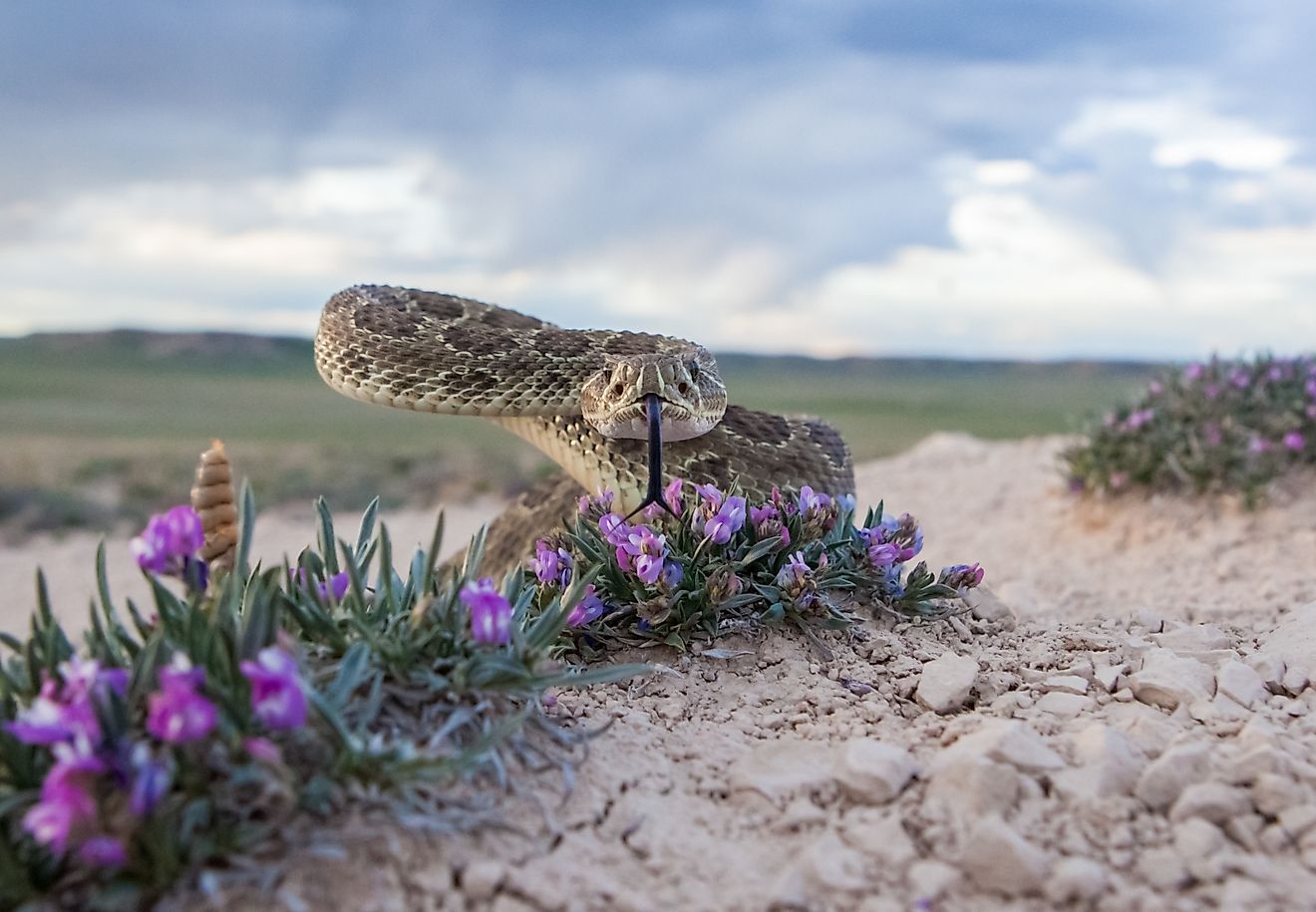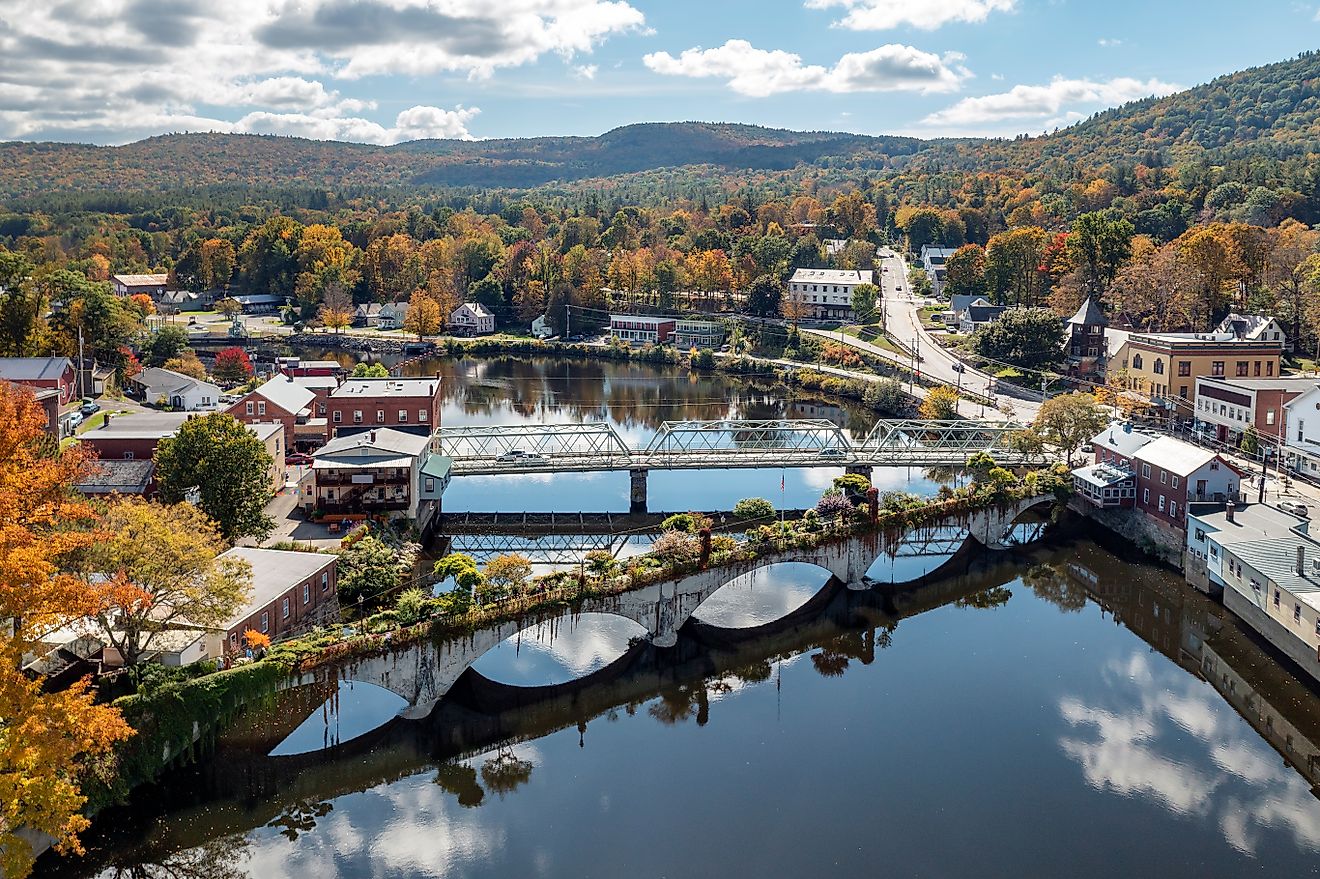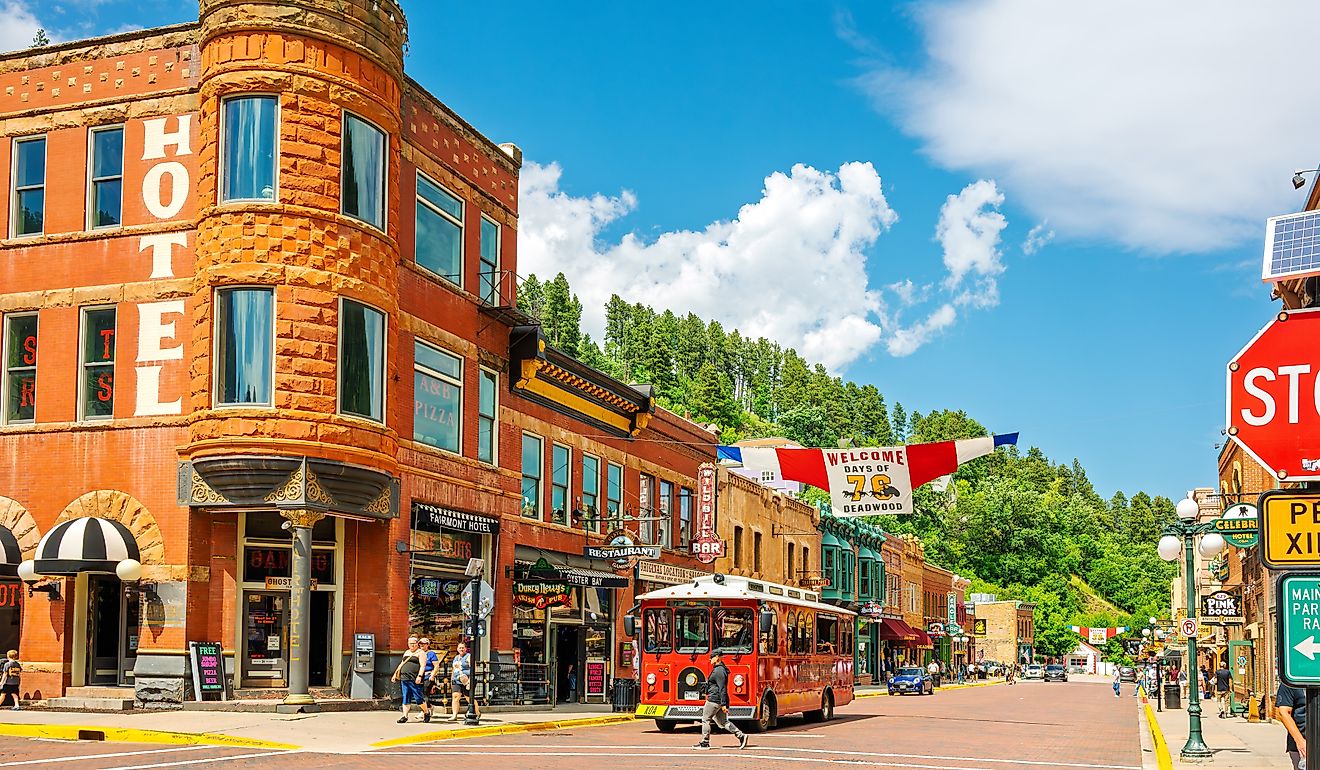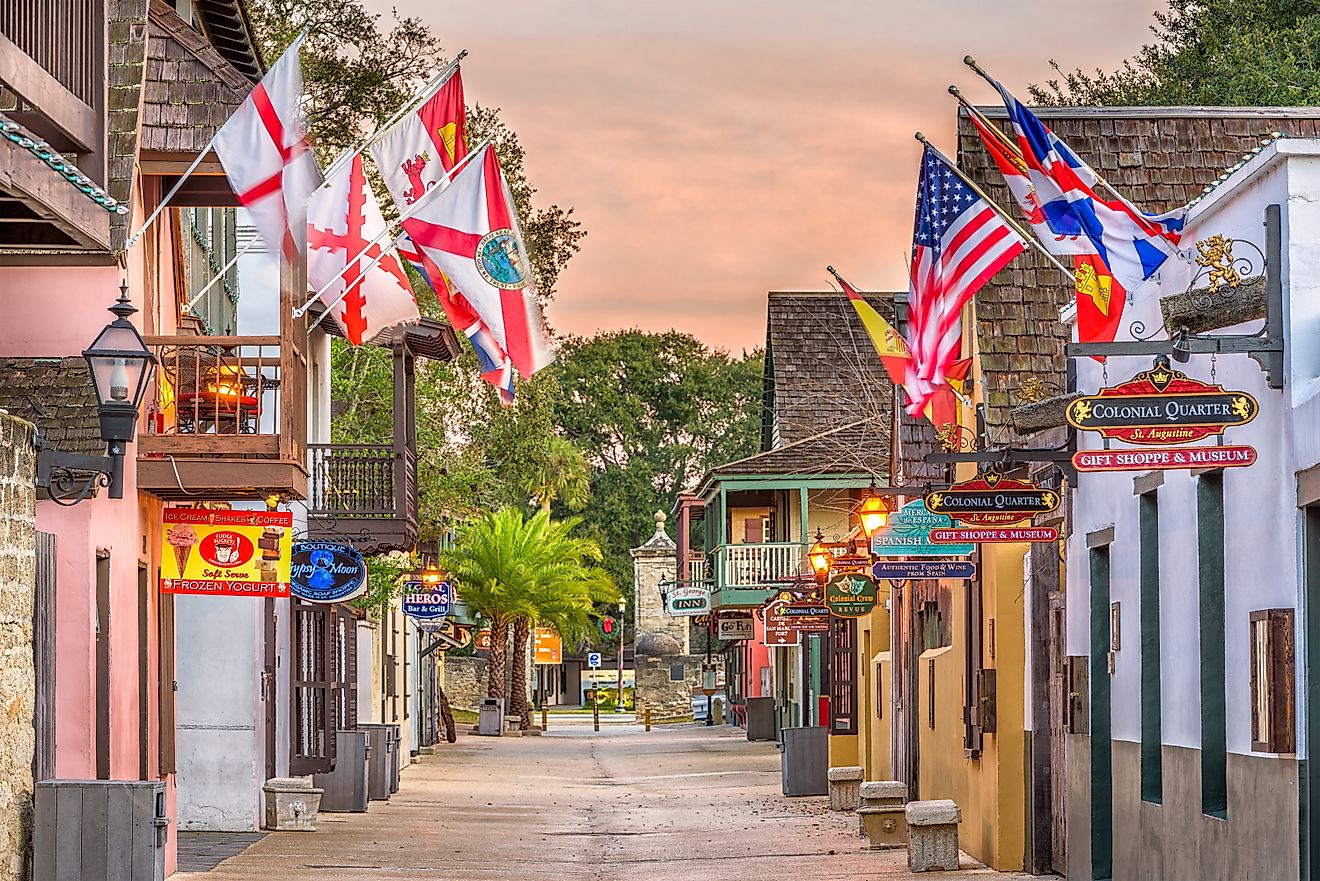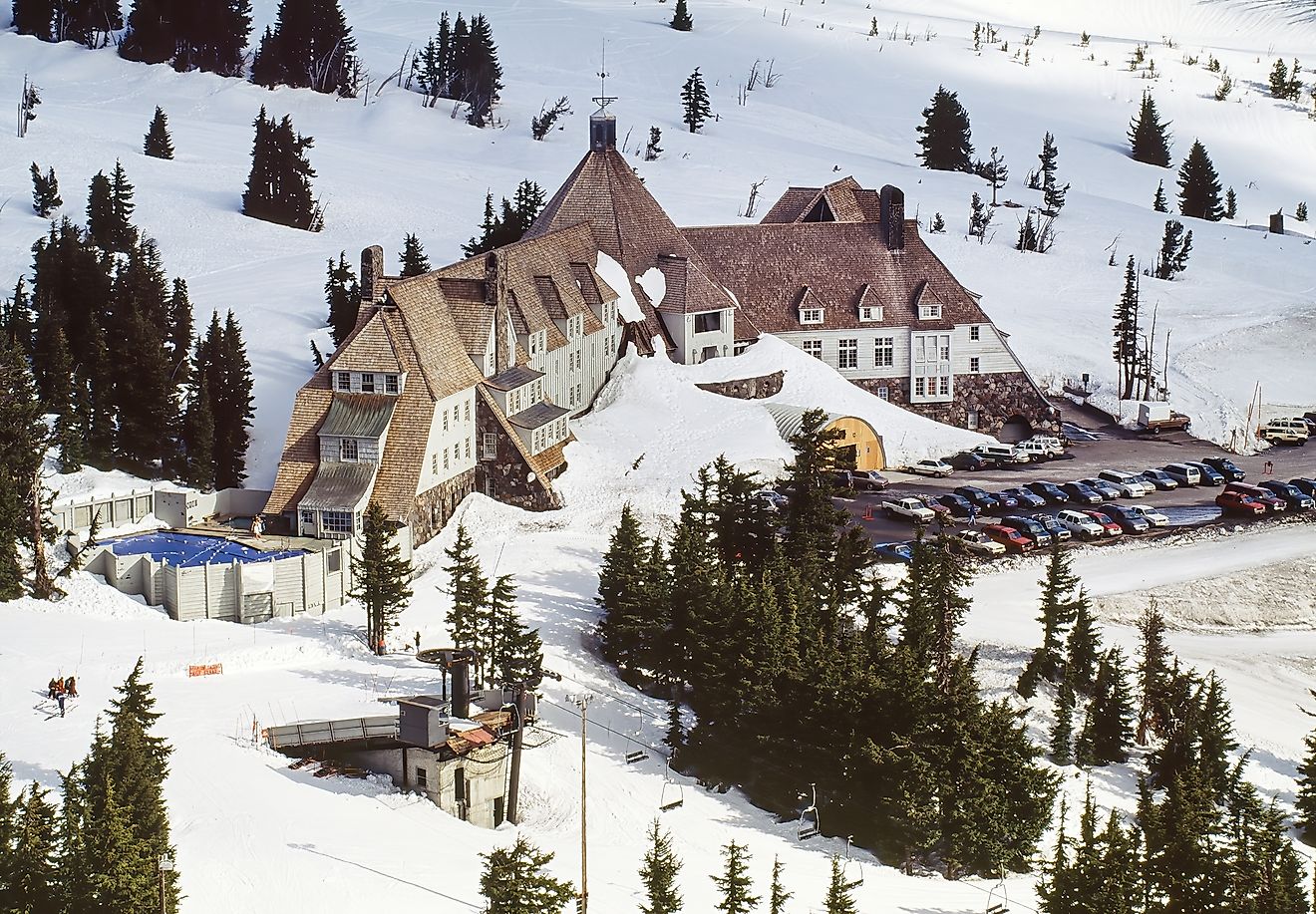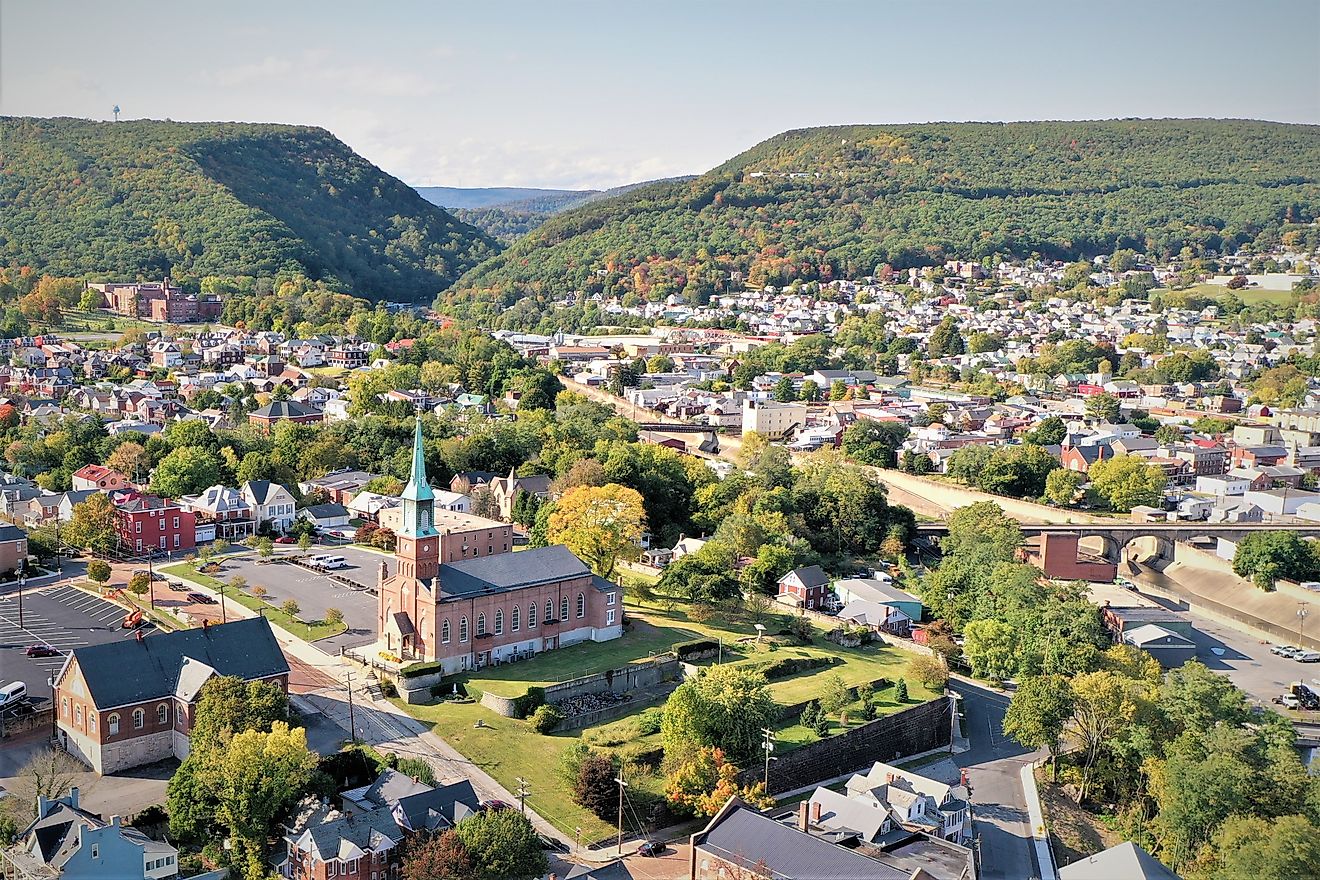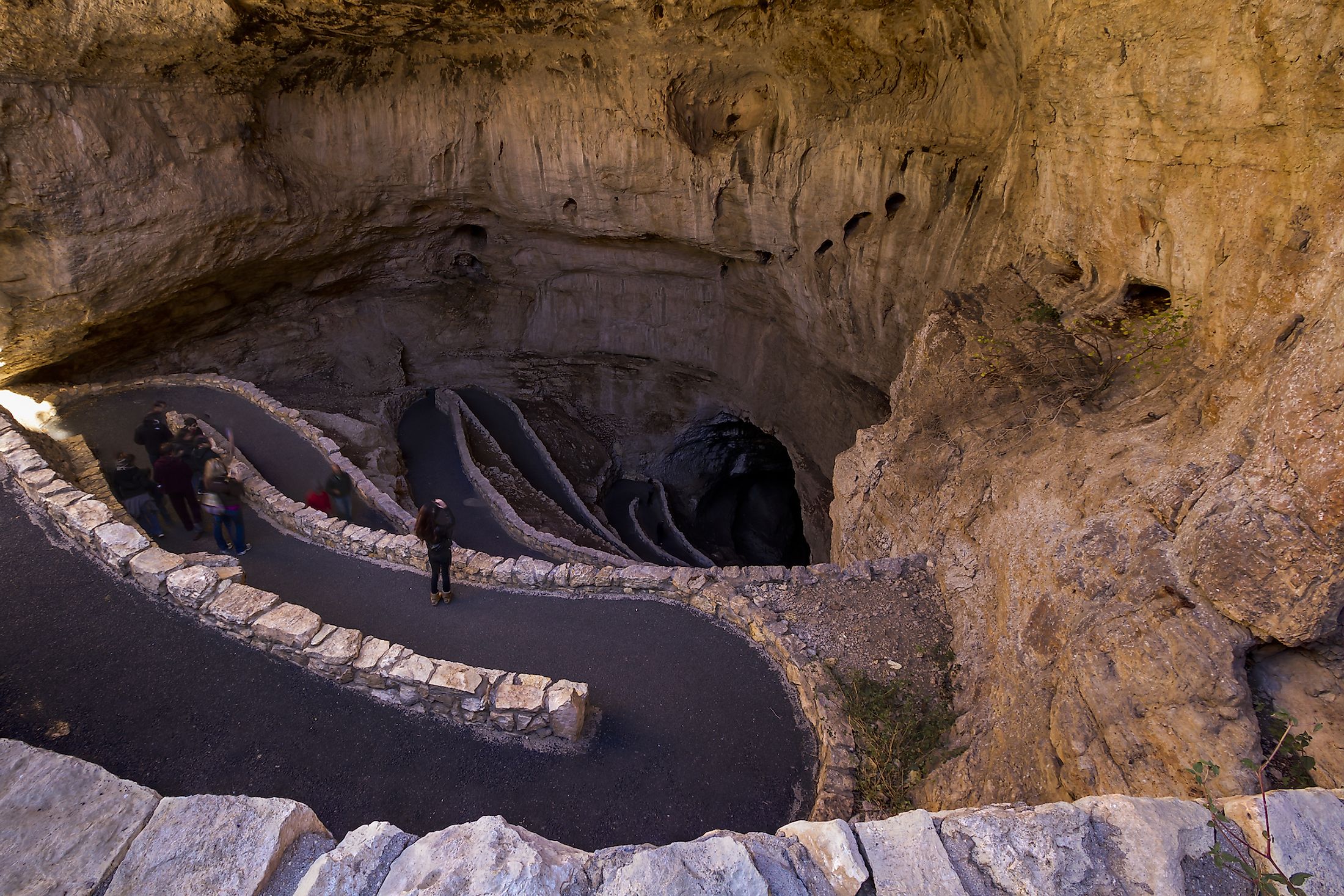
Carlsbad Caverns National Park
The Carlsbad Caverns National Park is located in the state of New Mexico, United States, in the Chihuahuan Desert. The park consists of some 100 or more caves made from sulfuric acid dissolved limestone. Full of stalactites, these pale caves appear like mazes of rock below the desert above.
History
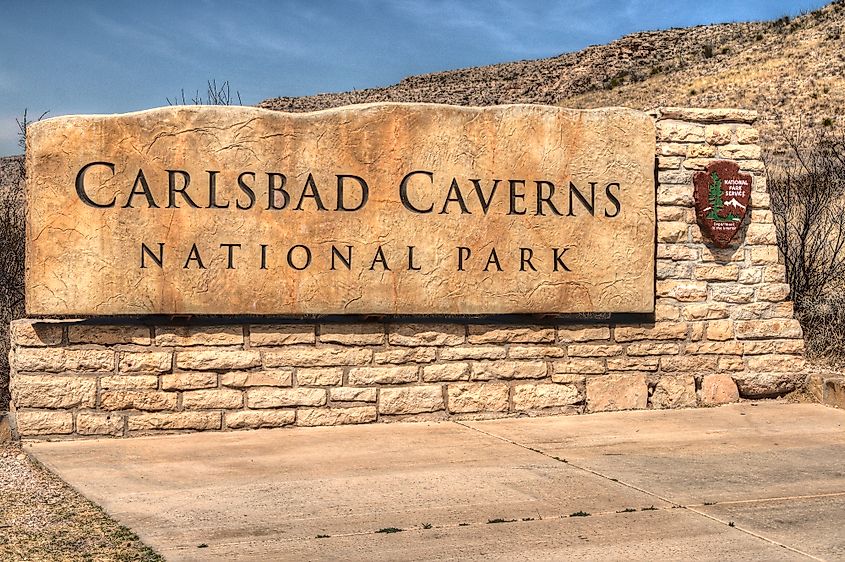
The caves are thought to have prehistoric and ancient indigenous roots, whereby the caves may have been used for shelter. The park itself has two designated historic districts, known according to the National Register of Historic Places. These two areas are the Cavern Historic District and the Rattlesnake Springs Historic District. The park also contains a museum and park archives, which document the history of the area and the caves.
As a park more specifically,the caves were first acknowledged as a National Monument in 1923. It was not until 1930 that the monument became the Carlsbad Caverns National Park officially.
Formation
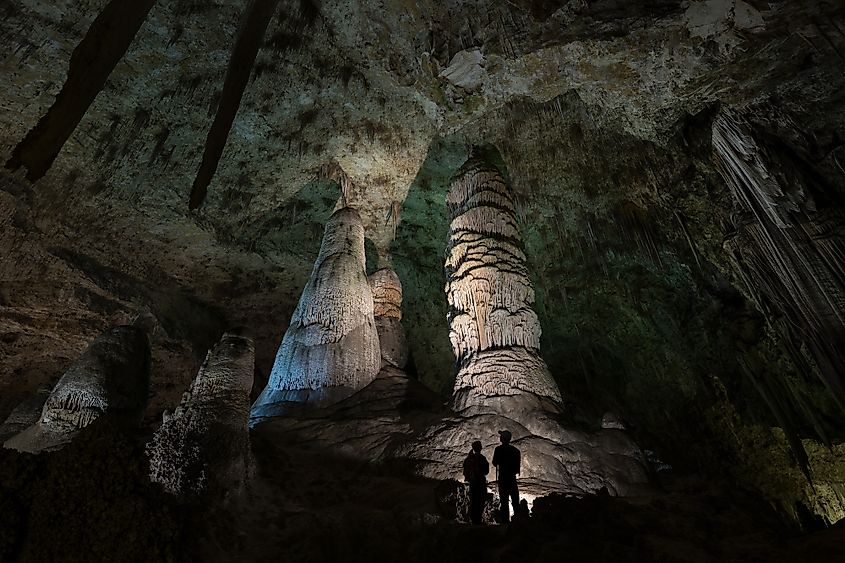
The Carlsbad cavern, at the entrance to the cave tunnels, is one of more than 300 limestone caves which form a fossil reef formed by an ancient sea, over 265 million years ago. Over time, the water evaporated, and silt and sediment filled the sea. What remains are the caves, and various fossils of former marine life that lived underground many years ago.There are more than twenty different named rooms or tunnels in the cave system today. From the Big Room to the malachite filled Green Lake Room, the Lake of the Clouds - which is the lowest known point in the caves, or the beautiful Queen's Chamber, there are a number of areas to explore.
Flora
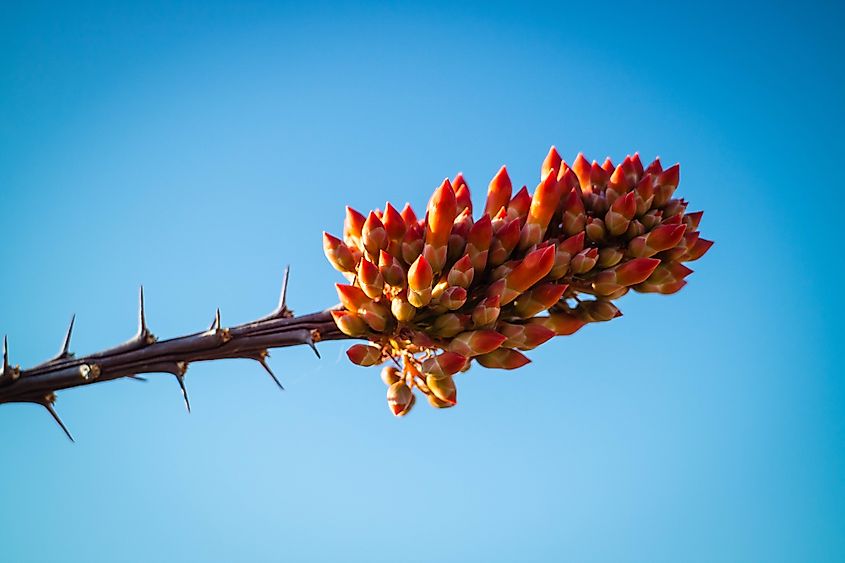
Most of the vegetation that can be found in the Carlsbad Caverns National Park is above ground, on the surface above the caves. These plants include common cacti like claret cup. In fact, the area has the highest level of cacti diversity of any other region, and 26 species or subspecies of cacti can be found here. Despite being a desert, the area has high biodiversity, due in part to its location between the northern Chihuahuan Desert, southern Rocky Mountain southwestern Great Plains biogeographic provinces. Much of the park is designated as shrublands, though some grasslands and arroyo riparian woodland can also be found in the park. Some 900 different species or subspecies of vascular plants can be found in this area. Of these, 153 are of the sunflower family, 135 species are grasses.
Fauna
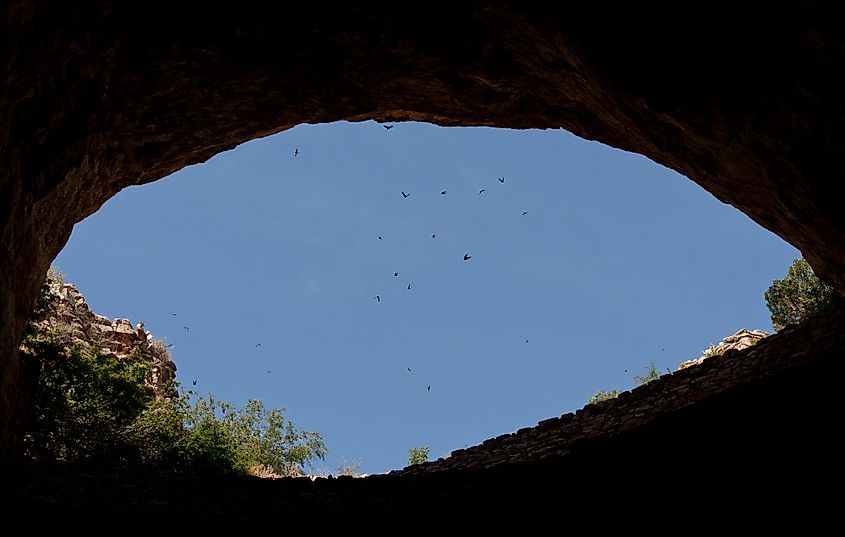
The park is home to 67 different species of mammals including the present, but rarely seen, black bear. Large grazing animals include Rocky Mountain Elk and desert bighorn sheep, mule deer and Collared peccary. Mountain lions, ringtails, spotted skunks, ground squirrels, deer mice, kangaroo rats and desert shrews are smaller mammals that are also found in this region.
The most prominent mammal in the park, though, resides in the caves themselves, and that is the bat. There are 17 different species of bats that call Carlsbad Caverns home. Brazilian free-tailed bats are some of the most common, and their nightly cave exits are a popular attraction for visitors. There is also a healthy population of cave myotis and fringed myotis bats. Some of the other bat species don't actually live in caves, and prefer to roost in trees. These includeeastern red bats and hoary bats, as well as canyon dwelling canyon bats.
Both below and above ground, the Carlsbad Caverns National Park has a lot to offer. From wildlife to impressive cave sights, these ancient lands showcase the remnants of a million year old ocean, now gone. What remains is a striking natural phenomenon of limestone caves and expansive desert that is sure to wow.

